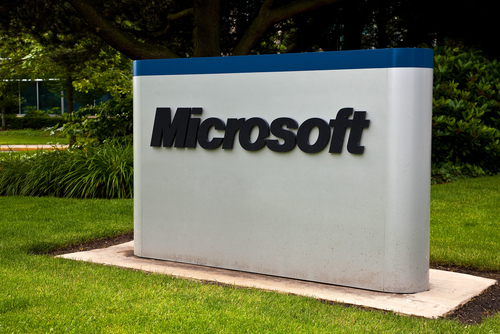Microsoft Midori OS Details Emerge

Technical details have emerged about Microsoft’s non-Windows operating system, codenamed Midori
Microsoft’s long-rumoured Midori project, which aims to create a non-Windows operating system, appears to be nearing commercialisation.
On 29 December, ZDNet’s Mary Jo Foley reported on new developments affecting the project. Her sources suggest that the technology, or at least some parts of it, is potentially making its way toward release.
New Operating System
Foley wrote, “I heard from two of my contacts that Midori – Microsoft’s non-Windows-based operating-system project – moved into the Unified Operating System group under Executive Vice President Terry Myerson.” Before the move, Midori “was an incubation project, without a potential commercialisation home inside the company,” she wrote.
 Word of the secretive Midori project started leaking out to the public in 2008 when Eric Rudder, the former head of Microsoft Server and Tools and current executive vice president of Advanced Strategy, was selected to run it. In 2009, Jonathan Shapiro, a primary designer behind the BitC programming and related Coyotos operating system, reportedly joined the project.
Word of the secretive Midori project started leaking out to the public in 2008 when Eric Rudder, the former head of Microsoft Server and Tools and current executive vice president of Advanced Strategy, was selected to run it. In 2009, Jonathan Shapiro, a primary designer behind the BitC programming and related Coyotos operating system, reportedly joined the project.
The processor-agnostic OS (x86, x64 and ARM) has roots in Microsoft Research’s Singularity project, an OS prototype that employs “type-safe languages and an abstract instruction set to enable” Software Isolated Processes (SIPs), explained Microsoft on its Website. “SIPs provide the strong isolation guarantees of OS processes (isolated object space, separate GCs, separate runtimes) without the overhead of hardware-enforced protection domains.”
The goal was to create a reliable, cloud-friendly OS with a focus on concurrency that makes a “clean break” from the Windows GUI, according to early reports. Now, Microsoft appears ready to tout the company’s progress.
Green Light
Foley added, “Microsoft officials seemingly gave the green light to some of the Midori team to go public with more details about the project.” Those details include a 27 December blog post by Joe Duffy, a developer on the Midori team, describing M#. “That language, codenamed “M#,” (‘M Sharp’) according to several different sources of mine, is an extension of Microsoft’s C# language,” she noted.
In Duffy’s post, titled “C# for Systems Programming,” he revealed that “his team has been designing and implementing a set of ‘systems programming’ extensions to C# over the past 4 years.”
He detailed why his team went with C# as a base for the language. “Type-safety is a non-negotiable aspect of our desired language, and C# represents a pretty darn good ‘modern type-safe C++’ canvas on which to begin painting.”
M# may end up being released as open source, perhaps as soon as 2014, according to Duffy. “My goal is to eventually open source this thing, but before we can do that we need to button up a few aspects of the language and, more importantly, move to the Roslyn code-base so the C# relationship is more elegant,” he added.
Currently, Microsoft’s Unified Operating System group is evaluating Midori’s place, if any, in the company’s OS road map. “One of my contacts said Myerson’s OS group is going to be determining which parts of Midori have a place in Microsoft’s future operating-systems plans,” wrote Foley.
Do you know about Windows? Try our history quiz!
Originally published on eWeek.